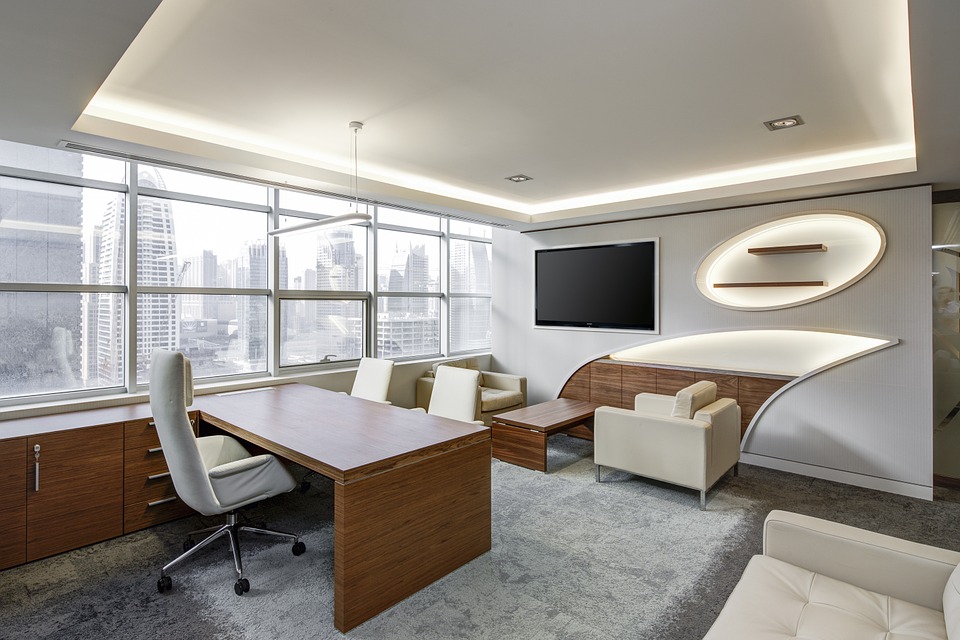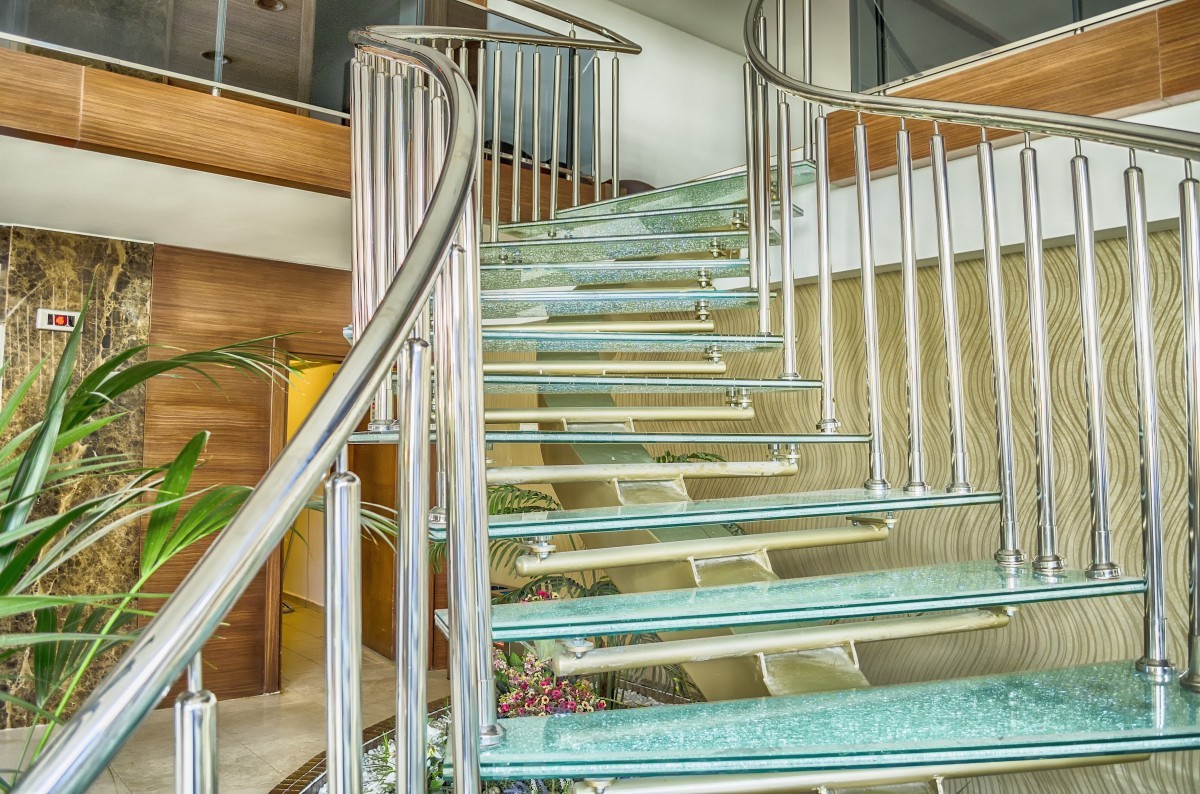
WSLA Insights is a special section in each issue of gb&d magazine where alums from the Women in Sustainability Leadership Award share their guidance and leadership experience.
Some days we have a hard time simply getting to the gym and attempting to eat healthy. While we’re inundated with mechanisms to actively become healthier, what if our built environment also supported us in making healthy living easier? Intelligent buildings are doing just that by integrating certification systems like Fitwel and WELL. Both systems focus on:
1. Human-centric building strategies, asking, “How does design impact the people in these spaces?”
2. Research and outcomes, asking, “Can we confirm the strategies in these certification systems have real positive results for people? Are these strategies simple anecdotal observation or are they rooted in evidence-based design?”

[Photo: Pixabay]
The Differences Between Fitwel and WELL
FITWEL
• Designed by General Services Administration and Centers for Disease Control (CDC)
• Perkins + Will met Fitwel standards for renovations and new offices in North America and London
• Reduced cost and documentation
• Certified or registered projects in 20 countries
• Customers include Bloomberg and Lendlease
WELL
• Administered by the International Well Building Institute
• Certified or registered projects in 32 countries
• Customers include CBRE, TD Bank, Teknion, and Wells Fargo
Whether pursuing Fitwel or WELL, spaces should be designed to support occupant health. Plus, both systems parallel and integrate well with other environmental building rating systems, like LEED and the Living Building Challenge.

[Photo: PxHere]
Inspirational Strategies in Fitwel and WELL
FITWEL
Imagine standing at a hotel elevator and seeing a sign that tells you about the health benefits of taking the stairs just around the corner. If you saw this sign, would you take the stairs? You just might. That’s the kind of action Fitwel promotes with its Stairwell Strategy 5.4.
Have you ever traveled to an airport that has water refilling stations for your water bottle? That refilling station could save you $8 by avoiding the purchase of the airport’s plastic encased water. This strategy in Fitwel is known as Water Supply 9.2.
Each strategy in Fitwel is tied to CDC research demonstrating health advantages. Plus, all of the points in the system are weighted based on the real benefits to people.
WELL
WELL creates more adaptable spaces for building occupants. Have you ever needed a private space to talk about a health issue or family matter at work? WELL’s Feature 89 Adaptable Spaces encourages designers to include quiet spaces that are enclosed or semi-enclosed so you can have a private phone call in a place more comfortable and acoustically private than a toilet stall.
Beyond noise reduction, another aspect of this feature considers the need for “nap time,” similar to the European siesta. WELL emphasizes creating spaces with furniture that accommodates for the occasional nap, like couches, sleep pods, or hammocks. More adaptable spaces yield health benefits for cardiovascular and immune systems.
If you ever feel wide awake at night after using your phone or computer, it could be the blue light these devices emit. Another strategy in WELL promotes the use of circadian rhythm lighting to provide appropriate lighting levels to align the light fixtures in the space with our natural sleep and wake cycle. This is called #54 Circadian Lighting Design.
WELL also shows the designer how the feature they choose specifically affects human anatomy and physiology.
Both Fitwel and WELL support an easier, quicker methodology to a healthier workplace and a healthier you.
SEE ALSO: The Next Phase of Sustainability Shifts to Wellness Design
 Holley Henderson is the founder of H2 Ecodesign. She received the Women in Sustainability Leadership Award (WSLA) in 2017. She is the author of Becoming a Green Building Professional and has presented for many events, including Greenbuild, NeoCon, and IFMA’s World Workplace. Henderson has a wealth of experience in sustainability and the LEED certification process.
Holley Henderson is the founder of H2 Ecodesign. She received the Women in Sustainability Leadership Award (WSLA) in 2017. She is the author of Becoming a Green Building Professional and has presented for many events, including Greenbuild, NeoCon, and IFMA’s World Workplace. Henderson has a wealth of experience in sustainability and the LEED certification process.
